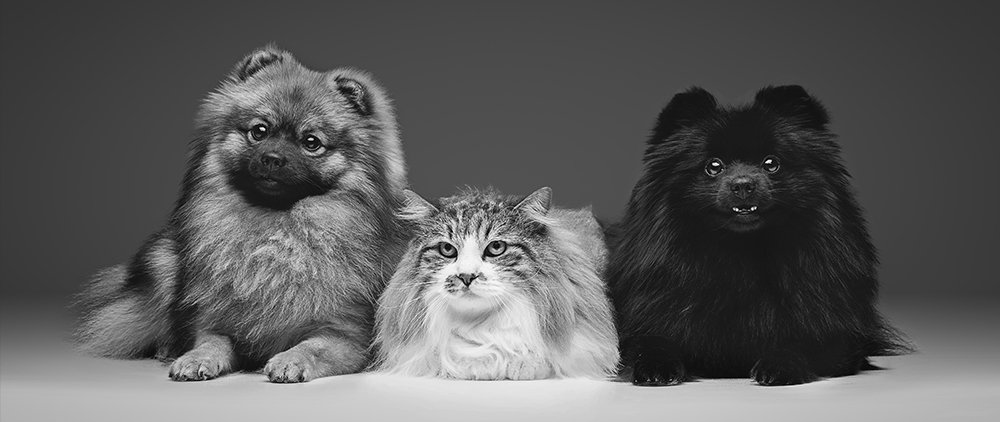When it comes to accessories, earrings hold a special place in our hearts. They have the ability to elevate an outfit, showcase our style, and make a statement all on their own. While traditional materials like metals and gemstones have long been popular choices for earrings, there's a unique and versatile option that deserves your attention: leather earrings. The blend of rustic charm and contemporary style that leather earrings offer is unparalleled. In this guide, we'll explore the beauty of leather earrings and provide you with insights on how to choose the perfect pair to complement your individual taste.
A Fusion of Elegance and Edge
Leather earrings effortlessly combine elegance and edge, making them a fantastic accessory choice for a wide range of occasions. Whether you're dressing up for a formal event or adding flair to your everyday attire, leather earrings can adapt to any situation. Their natural texture and warm tones create a visually pleasing contrast that draws attention to your ears, framing your face in a way that highlights your unique features.
Versatility in Design
One of the most alluring aspects of leather earrings is the sheer variety of designs available. From delicate and understated to bold and statement-making, leather earrings come in an array of shapes, sizes, and styles. Whether you prefer intricate cutouts, layered designs, or a minimalist look, there's a leather earring style that will perfectly match your aesthetic.
Colors and Finishes
Leather earrings come in an extensive spectrum of colors and finishes, allowing you to express your individuality with precision. You can opt for classic earth tones like browns and blacks that exude a rustic charm, or experiment with vibrant hues like reds, blues, and greens to make a bold fashion statement. Additionally, leather earrings can be finished with various techniques, such as distressed, glossy, or embossed textures, adding depth and dimension to your accessory collection.
Lightweight Comfort
One of the most notable advantages of leather earrings is their lightweight nature. Unlike some heavier earring materials, leather earrings provide comfort throughout the day without sacrificing style. This means you can flaunt your fashion-forward choice from morning until night without any discomfort.
Pairing with Outfits
Leather earrings offer exceptional versatility when it comes to pairing them with outfits. They seamlessly transition from casual jeans and a T-shirt to a chic evening dress, effortlessly adding a touch of sophistication to your ensemble. A rule of thumb is to consider the color and style of your outfit when choosing leather earrings. Earthy tones often complement a bohemian or rustic look, while vibrant colors can elevate modern and eclectic outfits.
Choosing the Right Pair
To choose the perfect pair of leather earrings, keep these factors in mind:
Personal Style: Consider whether you lean towards minimalist, dramatic, or eclectic fashion choices. Let your personal style guide your selection.
Face Shape: Different earring shapes can accentuate your face shape. For instance, longer earrings can elongate a round face, while studs can flatter angular features.
Occasion: Match the style and size of your earrings to the occasion. Delicate leather studs work well for everyday wear, while larger, more intricate designs might suit special events.
Comfort: Opt for leather earrings with hypoallergenic hooks or studs to ensure maximum comfort, especially if you have sensitive skin.
Conclusion
Leather earrings beautifully encapsulate the marriage of tradition and trend, providing a unique way to express your style and enhance your overall look. Their wide range of designs, colors, and finishes make them a versatile accessory that complements various outfits and occasions. By considering your personal style, face shape, occasion, and comfort, you can confidently choose the perfect pair of leather earrings that will undoubtedly become a cherished part of your accessory collection. So, go ahead and embrace the beauty of leather earrings – a choice that seamlessly weaves elegance and individuality into your daily ensemble.

























